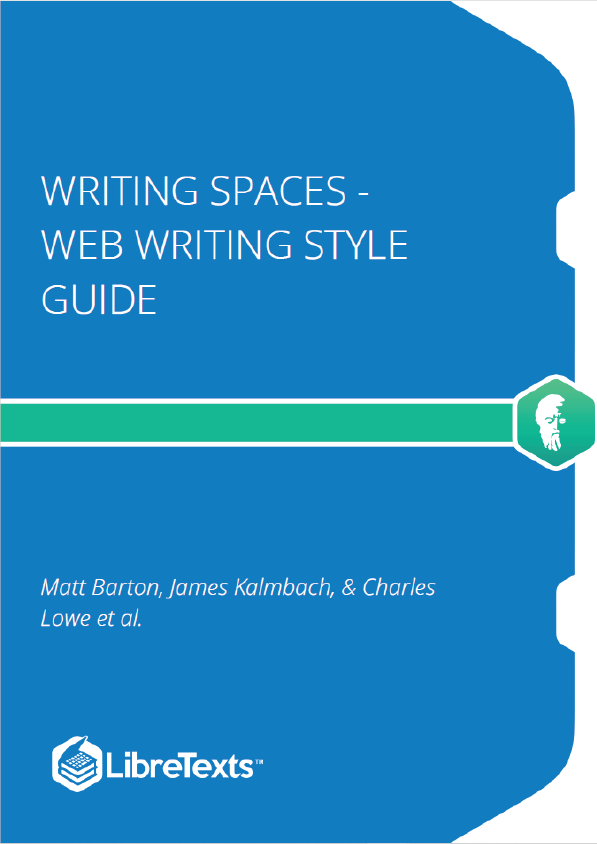Contrary to doomsayers and web-critical pundits, most people who read things online still appreciate good writing and editing. Although we often hear scary predictions about the dumbing down of our culture by texting and “internet speak,” there will always be a demand for skilled writers who clearly communicate their thoughts. Beyond that, even if you’re just sending short text messages, the rhetorical concepts you learned in college will help you craft better messages, communicate more effectively, and be more persuasive. Finally, people will take you more seriously, even on public message boards, if you write with good syntax, present clear ideas, and take care to acknowledge your sources of information. Let’s take a look at how writing for the Web compares to writing for print.
Coherence, organization, grammar, mechanics, punctuation, and spelling. Just like any game you play, these are the rules by which you are expected to play. Although people might tell you that nobody cares about this stuff online, unless you’re talking to your closest friends and family, your audience will expect or at least appreciate it if you put some effort into your writing. Think of it this way: it takes time for someone to read what you write. Why not respect your readers’ time and intelligence by making sure your text is clear and free of obvious errors? You will look smarter, worth taking seriously. It’s your ethos, (your English teacher/professor might have told you about this), the way you come across to your reader, the face you put forward to the virtual world. Better good than bad. Better thoughtful than thoughtless. If readers know that you respect their time and attention, they’ll be a lot more likely to read your stuff carefully and respond to it. Don’t waste their time, and they’ll be more likely to give it to you.
When writing for the web, focus on the things that the web does better than print: Use links to direct readers to related articles, background information, and the source of your information. Why settle for including only a small quotation when you can send your readers to the entire article? Clicking a link is a lot easier than driving down to the library to find the book or article in question. You can also use internal links, which make it easier to move through a single document or connect to other pages within your website. Google Docs, for instance, has a table of contents feature that will link together all the parts of your doc. If you have a blog, you can link to earlier posts that are relevant to what you’re talking about. Writing for the web means thinking about all of the different contexts in which your stuff can be found. That’s why it’s important to always title your work. In addition, once people arrive at your pages, you have broken big chunks of text into smaller sections, with section headings, so they can find what they want quickly. Anything that takes longer than 10 minutes for the average person to read should be broken up into multiple posts or sections. Instead of thinking in terms of articles or essays, try to think more about paragraphs (blogs) and sentences (tweets).











